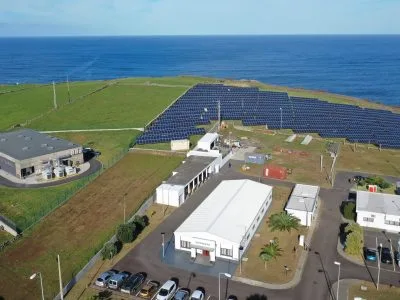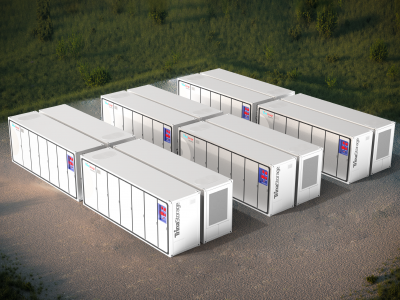What kind of future awaits the grid energy storage
Decreasing price of the energy produced by wind and solar together with the need to retire many coal-fired power plants have contributed to the rapid growth of renewable energy generation. But renewables have some limitations like dependence on weather conditions and the challenges they meet to handle variances in demand during the day. This in turn raises the question about energy storage.
The two most popular types of storage are batteries and pumped storage hydropower. Pumped hydro is an old and proven technology, while batteries are still a new technology. On the other hand batteries are faster to implement and take just few months to be deployed compared to pumped storage hydropower that takes years to be completed.
Comparing the price per megawatt hour, pumped hydro ranges from $200/MWh to $260/MWh, and battery costs range from $350/MWh to $1000/MWh, but their cost is falling and according to reports by 2025 the cost of lithium-ion batteries will reach about $120/MWh.
Both technologies have their advantages. Batteries are able to provide fast response times and are better at delivering small amounts of stored energy over a short time at high power levels. Pumped hydro storage great for storing and releasing larger amounts of stored energy.
If you want to know more about this and other topics directly from end users of energy storage technologies join us at one of these annual events: The Energy Storage World Forum (Grid Scale Applications), or The Residential Energy Storage Forum, or one of our Training Courses.




